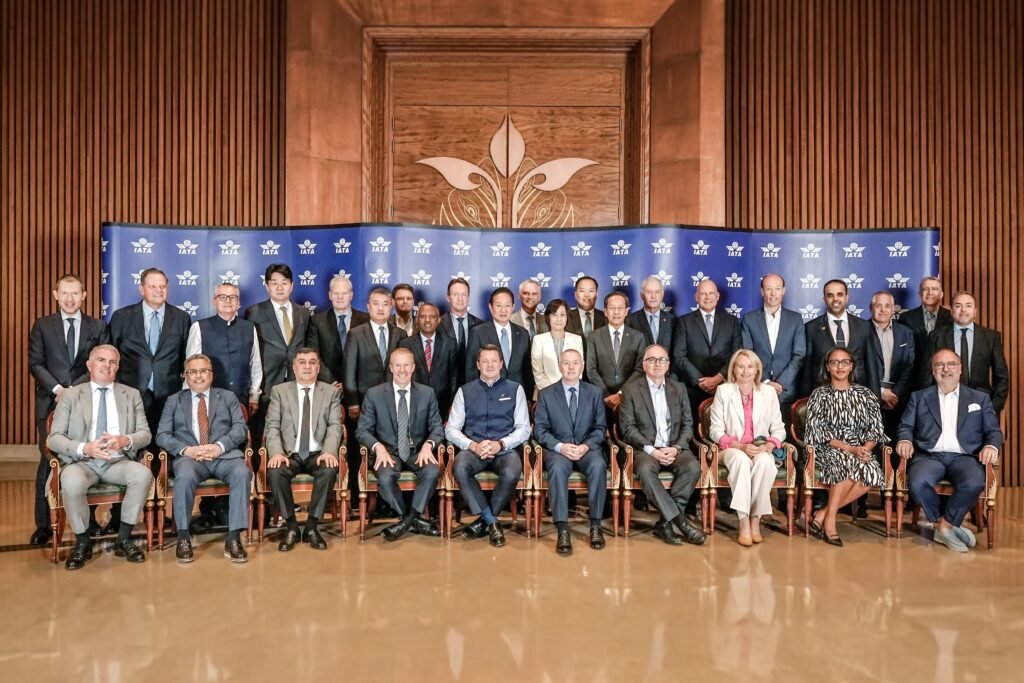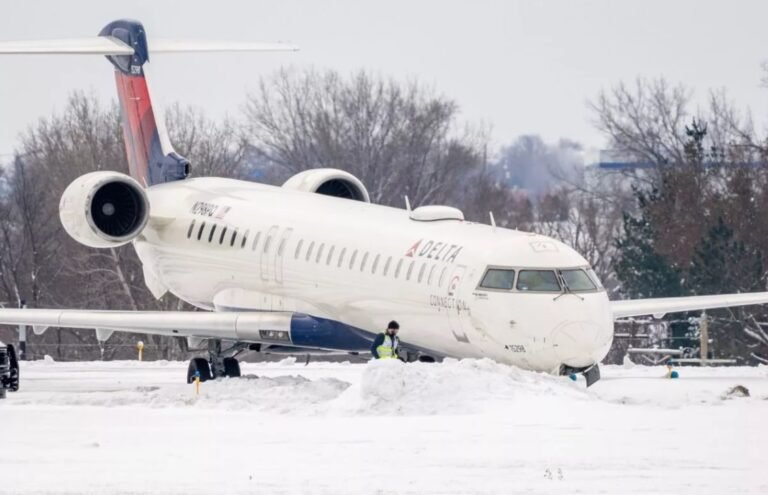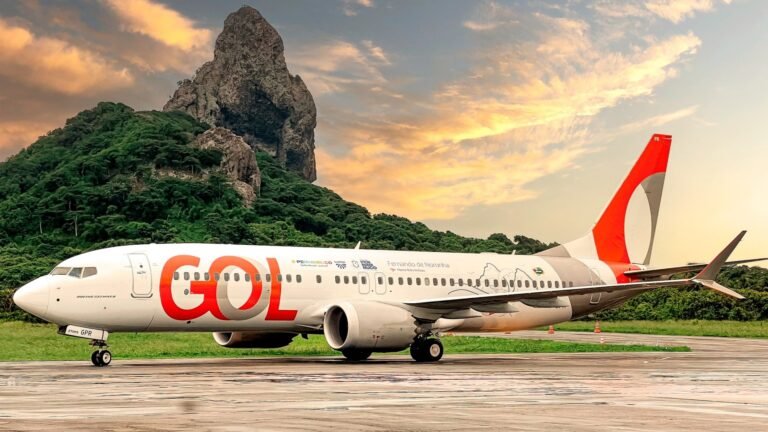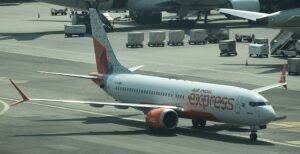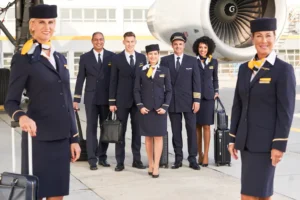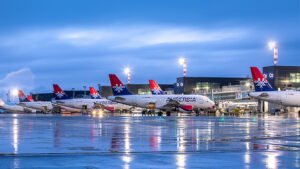Picture Credits: IATA
New Delhi, India: The International Air Transport Association (IATA) concluded its 81st Annual General Meeting (AGM) in New Delhi, bringing together more than 300 airline CEOs, regulators, and aviation stakeholders from across the globe. Hosted by IndiGo, the event marked India’s first time hosting the AGM in over four decades and focused on rebuilding resilience in the aviation industry through growth, sustainability, and strategic collaboration.
The agenda covered financial projections, climate targets, airspace challenges, and infrastructure investments, but the meeting also served as a global stage for key announcements from leading airlines shaping the post-pandemic recovery.
Industry Financial Outlook and Challenges
IATA adjusted its 2025 profit outlook slightly downward, projecting a global net profit of $36.0 billion, down from the $36.6 billion estimate released earlier this year. This revision, according to IATA, reflects macroeconomic uncertainty, prolonged aircraft delivery delays, and airspace restrictions in several regions.
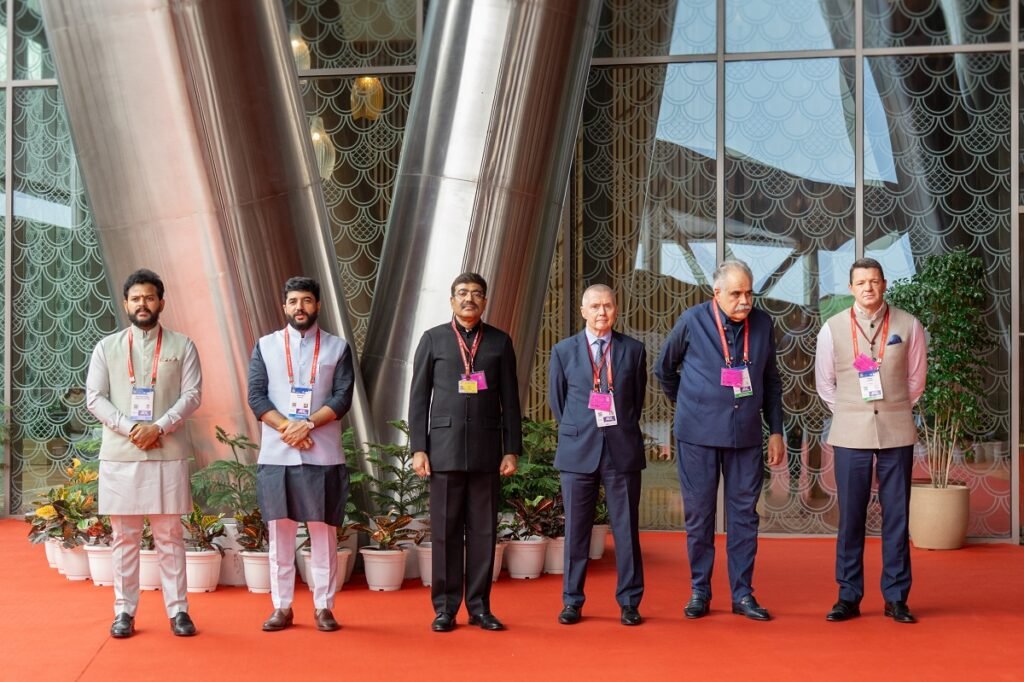
Despite the dip, the global aviation industry remains on a path to recovery, with projected total revenues nearing $979 billion and passenger traffic expected to approach 5 billion in 2025. However, cargo revenues have cooled, stabilizing at levels below pandemic highs.
Carbon Commitments and SAF Bottlenecks
Sustainability remained central to this year’s AGM, with global carriers reaffirming their commitment to achieving net-zero carbon emissions by 2050. IATA noted that the goal requires cumulative investment of nearly $4.7 trillion, a major portion of which depends on ramping up Sustainable Aviation Fuel (SAF) production.

Currently, SAF accounts for less than 1% of total aviation fuel use. Airline executives urged governments to create policy frameworks and incentives for SAF manufacturing, pointing out that current supply levels are far from sufficient to support decarbonization targets.
Safety Amid Geopolitical Disruptions
Several airline heads, including those from Middle Eastern and European carriers, raised concerns over growing airspace instability due to geopolitical tensions. Conflicts in Eastern Europe and the Middle East have forced longer detours, increasing fuel burn and operational costs.
IATA is working with global regulators to enhance coordination between civil aviation bodies and defense authorities, aiming to reduce rerouting delays and improve forecasting of regional airspace risks.
Key Airline Developments Announced During the AGM
Several airlines made significant announcements at the AGM that align with broader industry goals of network expansion, sustainability, and digital integration:
IndiGo, India’s largest airline by market share, announced that it is doubling its widebody order of Airbus A350s, adding 30 more aircraft to its existing order of 30. This move signals a clear shift toward international long-haul operations, with deliveries expected to begin in 2027.
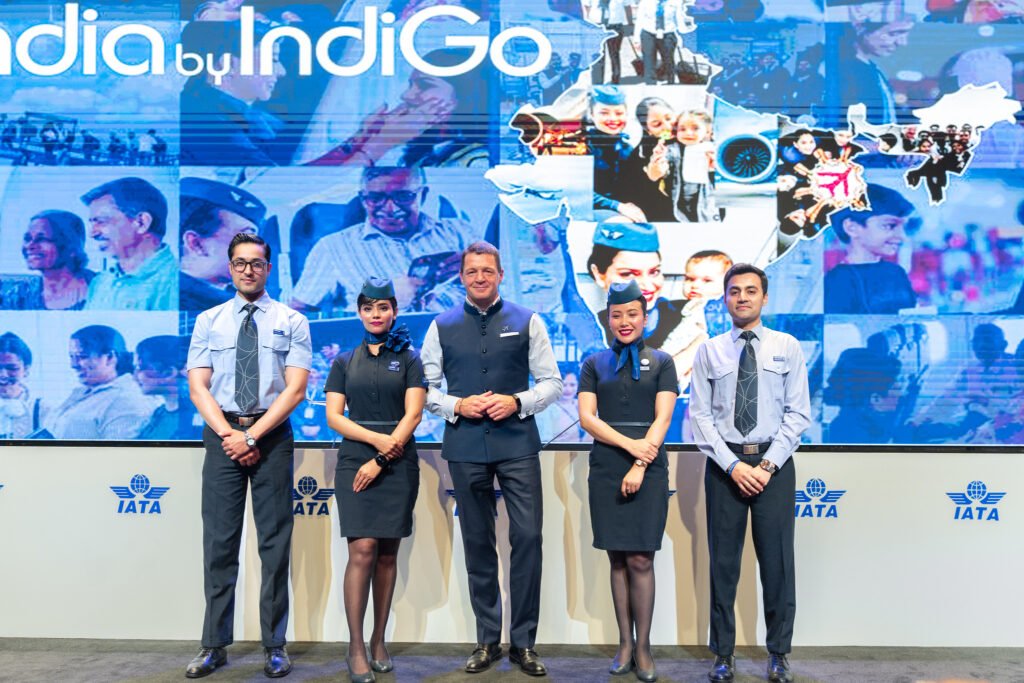
Virgin Australia revealed plans to return to the Australian Securities Exchange (ASX) through a $2.3 billion IPO, offering more than 236 million shares at $2.90 each. The listing reflects the airline’s renewed financial health following its 2020 administration and a tighter focus on domestic operations and profitability.
Air India and Air Mauritius jointly announced the expansion of their existing codeshare agreement, improving connectivity between India and Africa. Effective July 1, 2025, the agreement is expected to enhance route integration, streamline passenger transfers, and expand seat availability on shared routes.
Riyadh Air, the emerging Saudi national carrier expected to launch commercial operations in 2025, signed multiple MoUs with global airlines including Singapore Airlines, Delta Air Lines, and China Eastern. These partnerships aim to facilitate future codeshare routes and lay the groundwork for integrated digital platforms.
Aegean Airlines confirmed that it will commence direct flights between Athens and India using its new Airbus A321LR aircraft, with services expected to start by 2027. The move marks the Greek carrier’s first foray into the Indian market, aiming to tap into growing travel and tourism demand between Southern Europe and South Asia.
India’s Aviation Growth Trajectory
During the inaugural session, Prime Minister Narendra Modi addressed delegates via video message, presenting India’s vision to become a global aviation hub by 2047, coinciding with the country’s 100th year of independence. The government aims to increase the number of operational airports from 157 to 400, while tripling passenger capacity over the next two decades.

India’s aviation sector, already one of the fastest-growing globally, is witnessing rapid infrastructure expansion. However, challenges such as pilot shortages, aircraft supply constraints, and simulator training capacity remain pressing issues. Several airlines are already in talks with global training providers to bridge the gap.
IATA Leadership and AGM 2026 Host
Luis Gallego, CEO of International Airlines Group (IAG), was appointed as the Chair of the IATA Board of Governors, succeeding Marjan Rintel of KLM. Gallego will lead the board through the next term, focusing on accelerating climate transitions, digital transformation, and cross-border operational standardization.
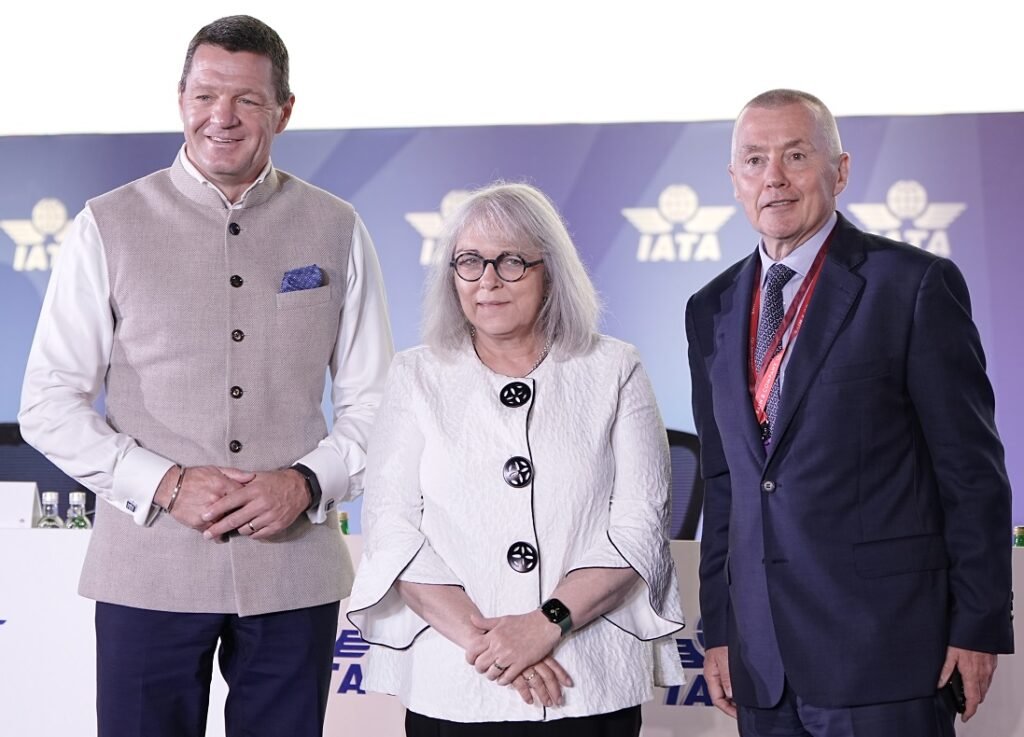
It was also confirmed that the 82nd IATA AGM will be held in Rio de Janeiro, Brazil, in June 2026, hosted by LATAM Airlines Group.
About IATA
The International Air Transport Association represents more than 320 airlines, accounting for over 80% of global air traffic. The AGM serves as the association’s highest decision-making body, enabling members to discuss policy, industry challenges, and future direction.

